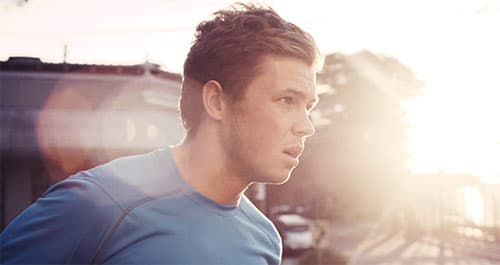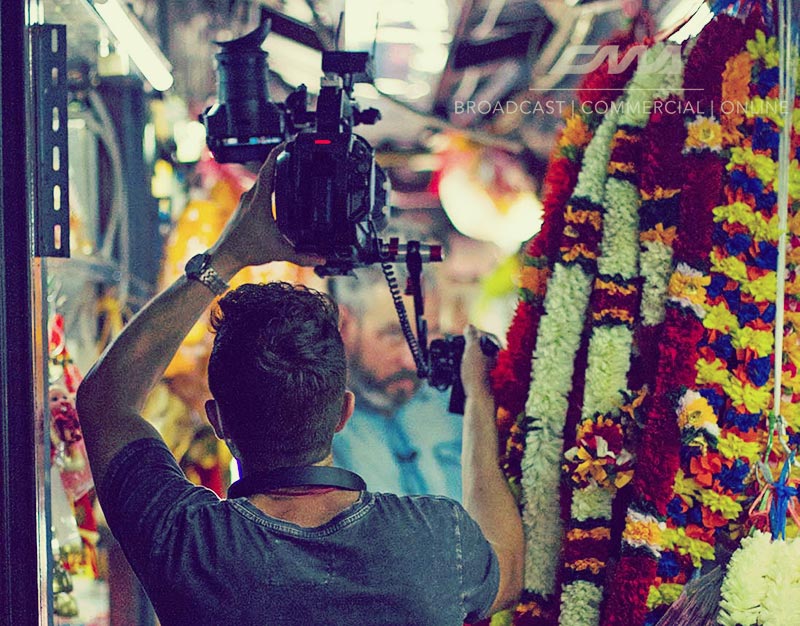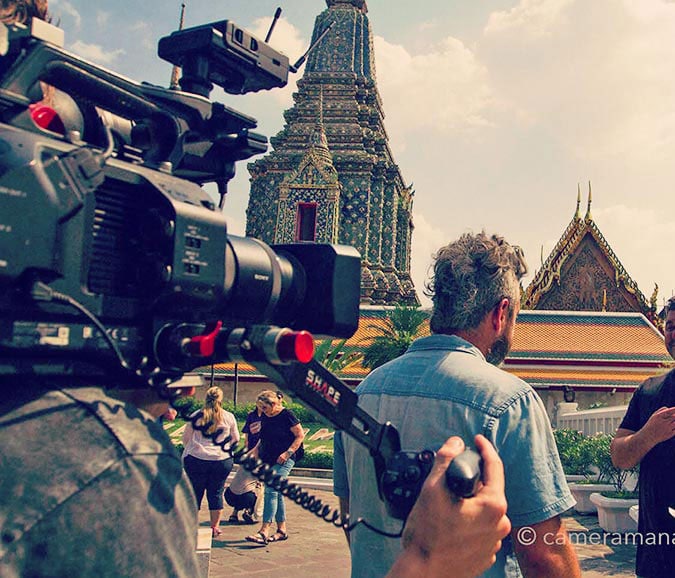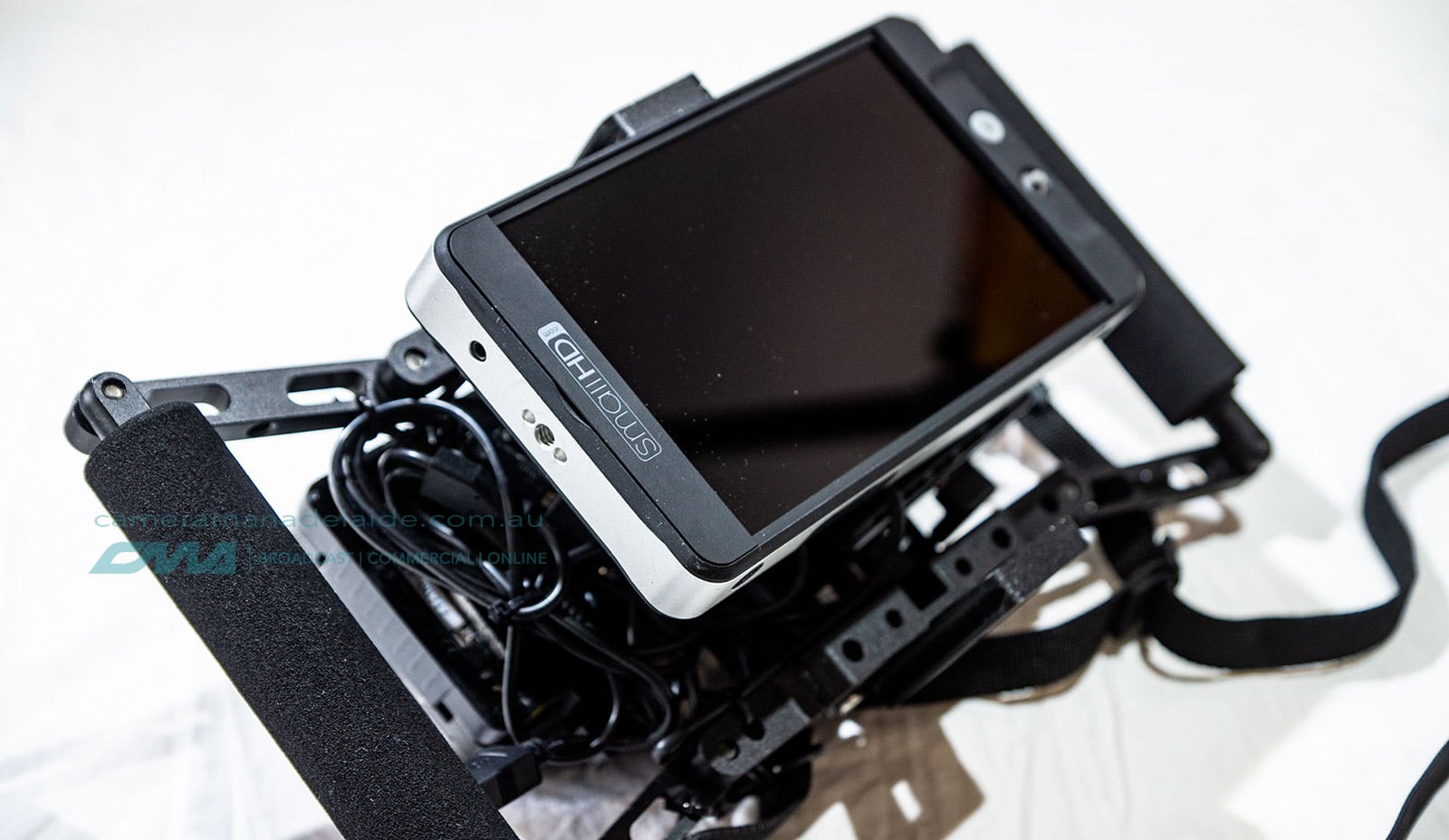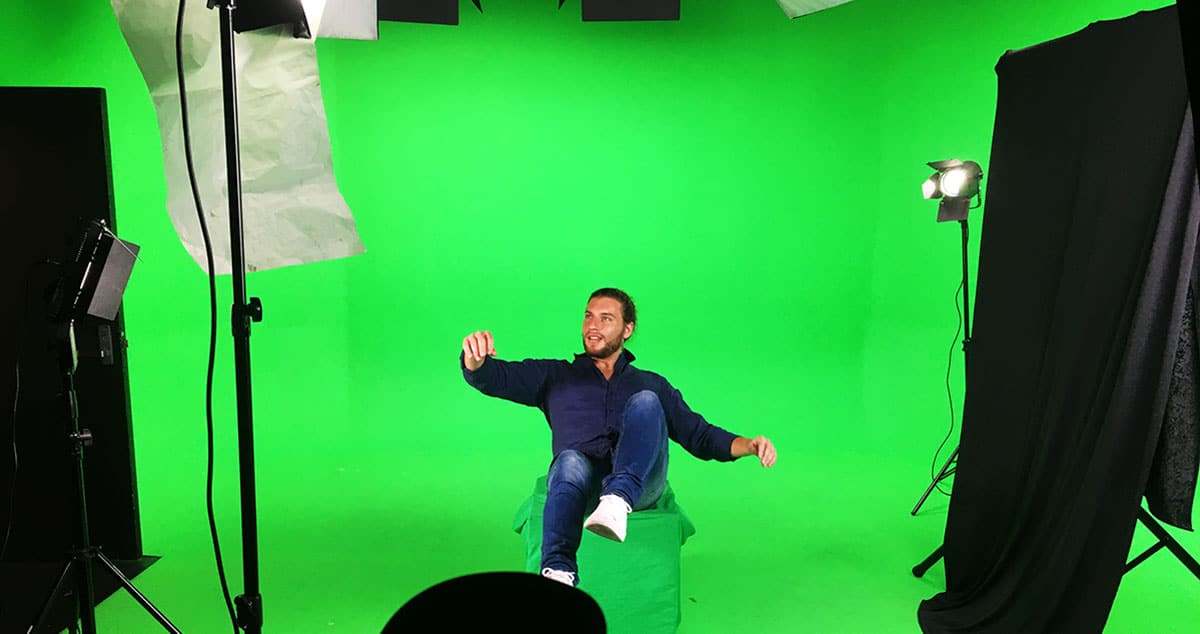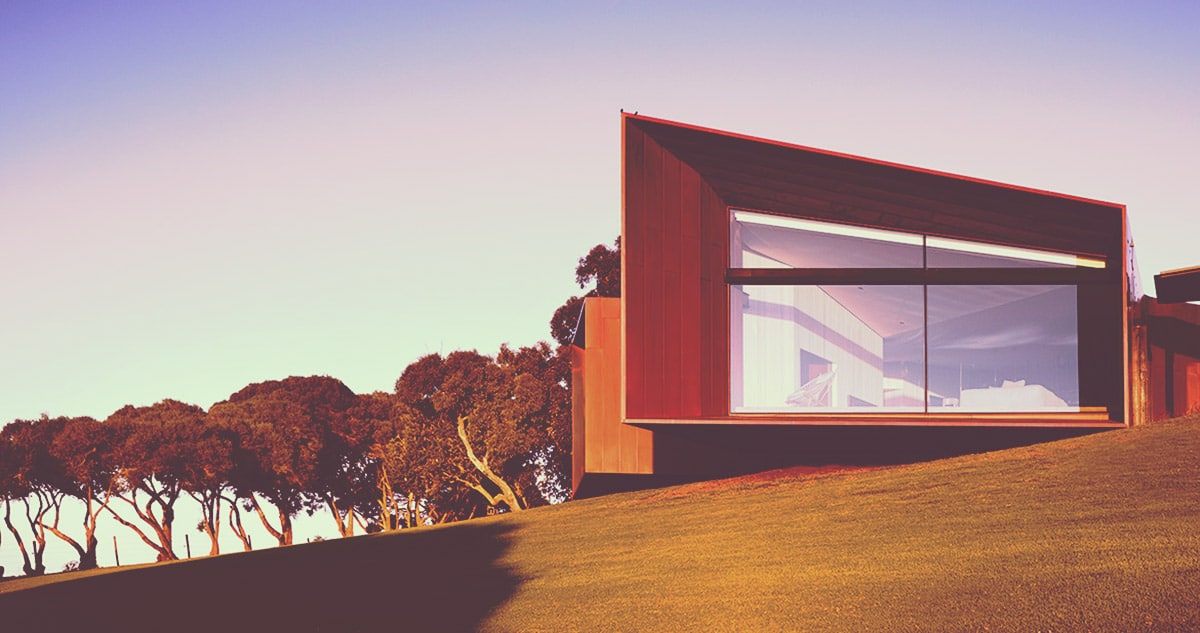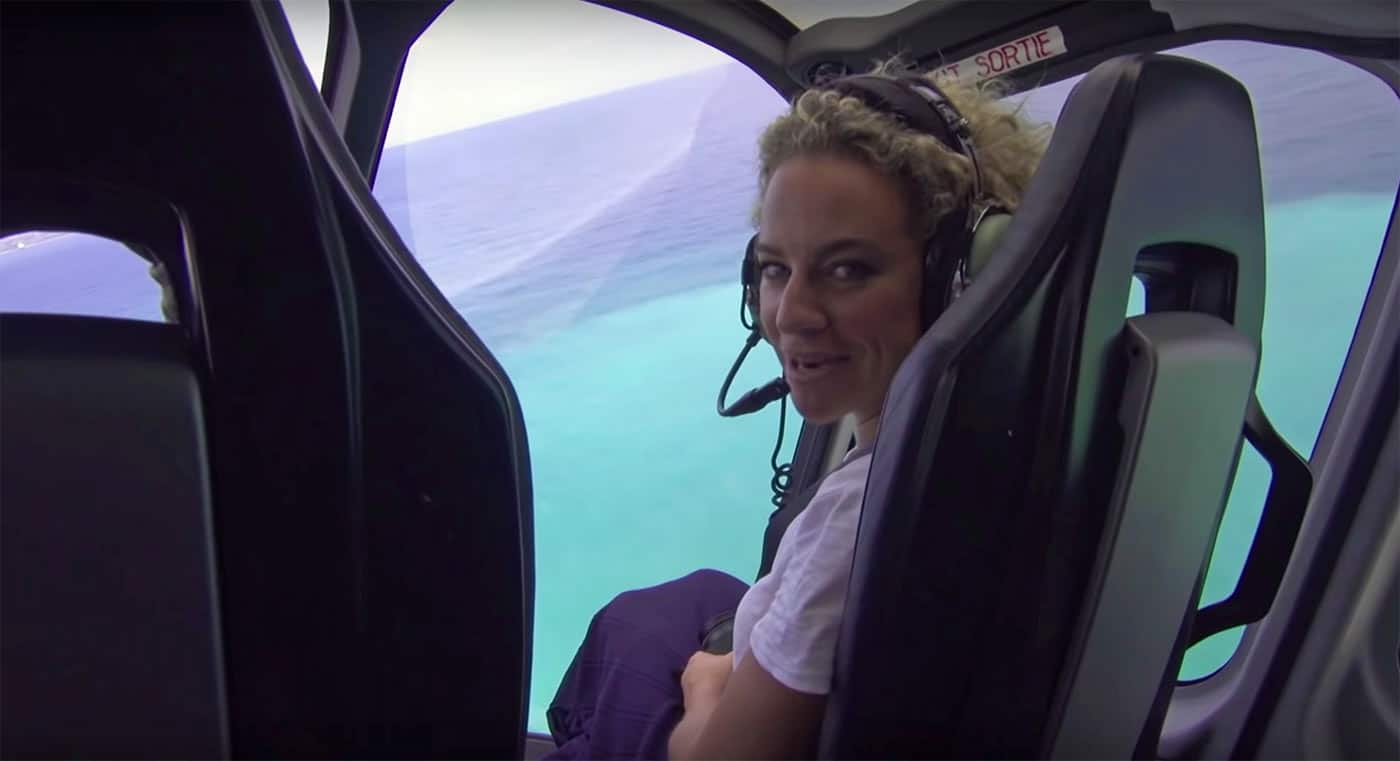As with the nature of filming series on architecture, we filmed indoors in a lot in magnificent houses with huge windows, skylights, pool lights, basements, and garden canopies.
We decided it was best to shoot the series in Sony’s s-log3 gamma curve for the added dynamic range to help soften the difference between inside and outside while capturing these houses.
The first thing i learned was when shooting in CINE EI S-LOG3, was that i couldn’t do a colour balance when arriving in a new scene / light setup.
I was restricted to 3 pre defined settings on the camera (3200, 4700 & 5600k) initially i was a tad worried about this but having since seen the images in post, very little harsh colour correction was needed. They were a little warm for my liking when on 5600k but i could just pull the temperature down slightly in Premiere.
I enabled a LUT in the viewfinder and basically kept a keen eye on my waveform monitor while using the HI/LOW key that Dave had setup on one of the custom buttons to monitor hi-lights and low-lights. I thought this feature was great! It really enabled me to quickly see how much i was capturing in the extreme lighting ends of the picture and to make sure i wasn’t clipping.
I missed the ability to be able to assign a custom button to quickly turn the LUT in the viewfinder on & off (As far as i know this cannot be done? Maybe i have missed this as i’m still new to this camera, please comment below if it’s possible to do this). My work around to check the s-log picture being recorded to the media was to turn on S&Q motion which disables the LUT before pressing record just to check.
PLEASE NOTE: If you try to do this, make sure your S&Q frame rate is the same as the frame rate that you’re shooting in, i got caught with this once and ended up over exposing the shot because when i checked the slog picture the shutter speed was increased due to the slow motion frame rate so the log picture i saw was dark so i adjusted my aperture to compensate.
When i exited out of the Log view (S&Q motion) the shutter speed went back to 50 for the 25p setting and i didn’t quite notice that the LUT was showing slightly clipping highlights. Learnt my lesson there!
If anyone has a better way to quickly check the s-log picture being recorded while a LUT is enabled on the monitor please let me know in the comments.
The controls and buttons on the camera seem like second nature to me having used Sony camera’s for the past 13 years, things seemed natural and it’s a well designed camera for usability.

